Filter by
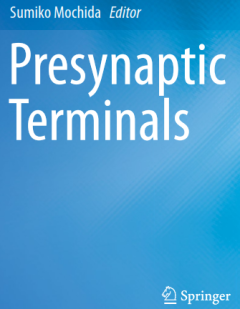
Presynaptic Terminals
(1). Termasuk penjelasan rinci tentang fase vesikel sinaptik bertahap untuk membantu pembaca dengan cepat mempelajari tentang struktur dan fungsi terminal presinaptik. (2). Berfokus pada kompleks protein unik sebagai aspek baru dalam pengendalian fase vesikel sinaptik. (3). Memberikan wawasan mendalam untuk studi terminal presinaptik di masa mendatang. (4). Presinaptik, yang berkaitan dengan p…
- Edition
- -
- ISBN/ISSN
- 978-4-431-55166-9
- Collation
- -
- Series Title
- -
- Call Number
- 572.6 MOC p
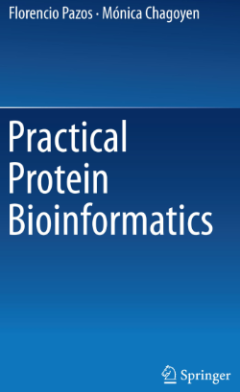
Practical Protein Bioinformatics
Metode bioinformatika menjadi bagian dari kotak peralatan standar laboratorium Ilmu Hayati. Diterapkan dengan bijak, pendekatan ini dapat sangat membatasi pekerjaan eksperimental dan melengkapi hasil yang diperoleh dengan metode "basah". Sementara banyak metode dan protokol bioinformatika belum cukup matang untuk digunakan oleh non-bioinformatika (dalam hal implementasi, atau kemudahan interpre…
- Edition
- -
- ISBN/ISSN
- 978-3-319-12727-9
- Collation
- -
- Series Title
- -
- Call Number
- 572.6 PAZ p
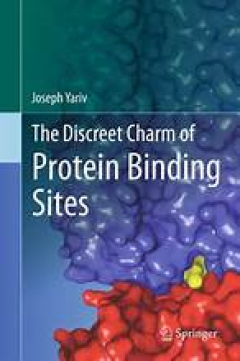
The Discreet Charm of Protein Binding Sites
This book is a passionate account of the scientific breakthroughs that led to the solution of the first protein structures and to the understanding of their function at atomic resolution. The book is divided into self-standing chapters that each deal with a protein or protein family. The subject is presented in a fluid, non-technical style that will engage student and scientists in biochemistry…
- Edition
- 1
- ISBN/ISSN
- 978-3-319-24996-4
- Collation
- XIII, 60, 6 b/w illustrations, 10 illustrations in colour
- Series Title
- -
- Call Number
- -

Physical Biology of Proteins and Peptides; Theory, Experiment, and Simulation
Pendekatan interdisipliner muncul sebagai metodologi yang menjanjikan untuk memahami sistem biologis yang relevan pada skala spasial dan temporal yang berbeda. Karena kompleksitas struktural dan dinamis yang ditemukan dalam sistem-sistem ini, konsepsi tradisional tentang prinsip-prinsip yang mengatur perilaku organisme hidup telah ditantang. Oleh karena itu, untuk mengatasi teka-teki ilmiah bes…
- Edition
- -
- ISBN/ISSN
- 978-3-319-21687-4
- Collation
- -
- Series Title
- -
- Call Number
- 572.65 QUI p

The Serpin Family Proteins with Multiple Functions in Health and Disease
The book provides an comprehensive overview on biology, genetics and cellular functions of serpins (serine protease inhibitors) in health and disease. With over 1000 members serpins are the most diverse family of protease inhibitors. Latest groundbreaking research findings are presented and broaden the understanding on inhibitory and non-inhibitory serpins, not only in mammalian organisms but a…
- Edition
- -
- ISBN/ISSN
- 978-3-319-22711-5
- Collation
- -
- Series Title
- -
- Call Number
- -
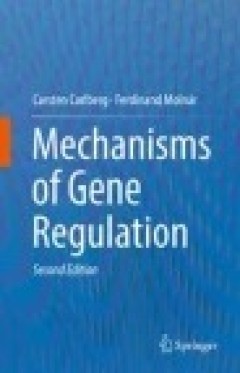
Mechanisms of Gene Regulation
This textbook aims to describe the fascinating area of eukaryotic gene regulation for graduate students in all areas of the biomedical sciences. Gene expression is essential in shaping the various phenotypes of cells and tissues and as such, regulation of gene expression is a fundamental aspect of nearly all processes in physiology, both in healthy and in diseased states. This pivotal role for …
- Edition
- -
- ISBN/ISSN
- 978-94-017-7741-4
- Collation
- -
- Series Title
- -
- Call Number
- -
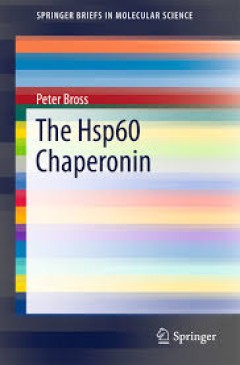
The Hsp60 Chaperonin
In this unique overview of the Hsp60 chaperonin, Peter Bross addresses molecular biologists, medical research scientists and individuals interested in molecular or general biology. First, Bross discusses the basics of the Hsp60 chaperonin in terms of its structure and the molecular mechanisms determining its function. Second, the author highlights the multiple roles of Hsp60 for cellular system…
- Edition
- 1
- ISBN/ISSN
- 978-3-319-26088-4
- Collation
- XV, 85,15 b/w illustrations, 4 illustrations in colour
- Series Title
- SpringerBriefs in Molecular Science
- Call Number
- -
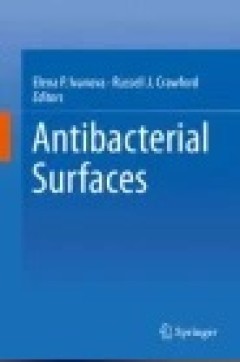
Antibacterial Surfaces
Antibacterial Surfaces’ covers the advances being made in the design of antibacterial surfaces, which have the ability to either prevent the initial attachment of bacterial cells, or kill any cells that come into contact with these surfaces. This book discusses the mechanisms associated with the attachment of bacteria to surfaces and the main strategies currently being employed to control …
- Edition
- Ed. 1
- ISBN/ISSN
- 978-3-319-18594-1
- Collation
- V, 172
- Series Title
- -
- Call Number
- 574.87 ANT a

Angiogenesis in Health, Disease and Malignancy
This book is about “Angiogenesis”. A process in which new vasculature is formed from pre-existing capillaries. Angiogenesis process is associated with the proliferation and growth of both physiologically normal and neoplastic tissues, through the formation of vascular supply, essential for delivering growth requirements such as oxygen and nutrients. The book describes more than 100 genes…
- Edition
- Ed. 1
- ISBN/ISSN
- 978-3-319-28140-7
- Collation
- XVIII, 423
- Series Title
- -
- Call Number
- 574.192 SAL a

The Next Generation in Membrane Protein Structure Determination
This book reviews current techniques used in membrane protein structural biology, with a strong focus on practical issues. The study of membrane protein structures not only provides a basic understanding of life at the molecular level but also helps in the rational and targeted design of new drugs with reduced side effects. Today, about 60% of the commercially available drugs target membrane p…
- Edition
- -
- ISBN/ISSN
- 978-3-319-35072-1
- Collation
- X, 184
- Series Title
- Advances in Experimental Medicine and Biology
- Call Number
- -
 Computer Science, Information & General Works
Computer Science, Information & General Works  Philosophy & Psychology
Philosophy & Psychology  Religion
Religion  Social Sciences
Social Sciences  Language
Language  Pure Science
Pure Science  Applied Sciences
Applied Sciences  Art & Recreation
Art & Recreation  Literature
Literature  History & Geography
History & Geography